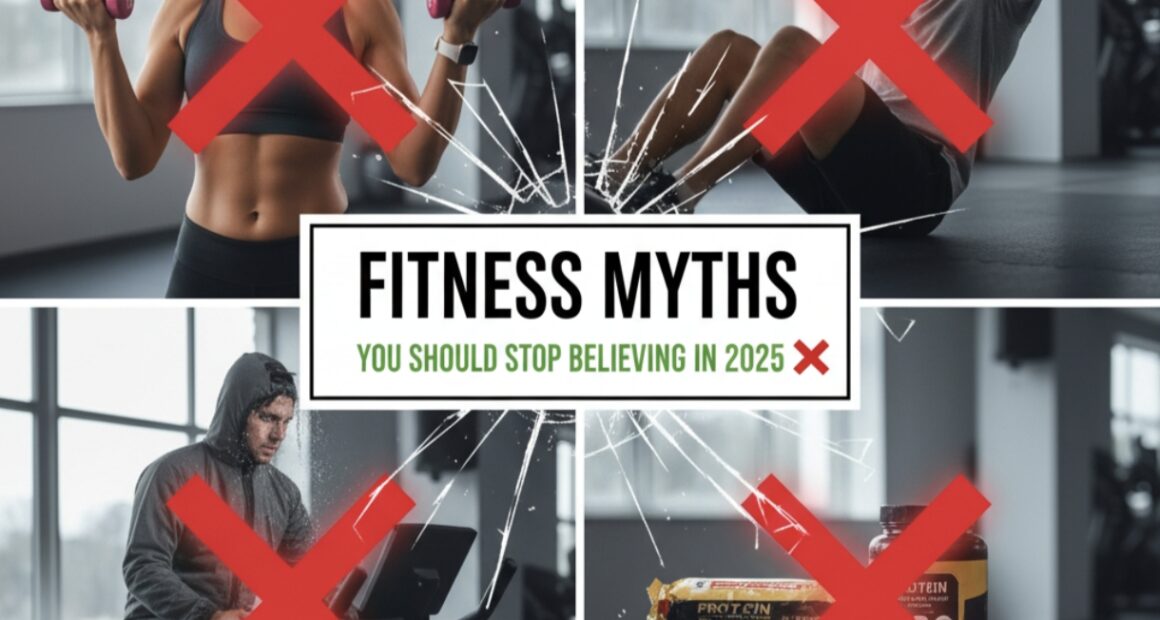Low Carb vs Keto Diet Guide
The low-carb and ketogenic (keto) diets have become two of the most popular approaches for weight loss, better energy, and overall health. Both diets reduce carbohydrate intake, but they work in different ways. If you’re confused about which one is right for you, this Low Carb vs Keto Diet Guide will help break down the differences, benefits, and potential risks of each plan.
What is a Low-Carb Diet?
A low-carb diet is any eating pattern that restricts carbohydrate intake, usually to less than 150 grams per day. Unlike keto, low-carb diets are more flexible and don’t require you to track every gram. The focus is on reducing refined carbs like bread, pasta, rice, and sugary foods while increasing protein, healthy fats, and vegetables.
Common Features of a Low-Carb Diet:
- Carbs limited to 50–150g daily
- Higher protein intake than keto
- Encourages whole foods and fiber-rich veggies
- May include moderate fruit intake
What is the Keto Diet?
The ketogenic diet is a stricter version of low-carb eating, designed to push your body into a metabolic state called ketosis. In ketosis, your body burns fat instead of carbohydrates for fuel, producing molecules called ketones. To achieve this, carb intake is usually restricted to under 30–50 grams per day, forcing the body to rely on fats as its main energy source.
Common Features of a Keto Diet:
- Carbs limited to 20–50g daily
- High fat intake (65–75% of calories)
- Moderate protein intake
- Strict tracking of macros required
Key Differences Between Low Carb and Keto
| Aspect | Low-Carb Diet | Keto Diet |
|---|---|---|
| Carb Intake | 50–150g per day | 20–50g per day |
| Primary Fuel | Glucose + Fat | Fat + Ketones |
| Flexibility | More flexible, easier to follow | Strict rules, less flexibility |
| Weight Loss Speed | Moderate | Faster initially |
| Protein Intake | Higher | Moderate |
Benefits of a Low-Carb Diet
- Improves blood sugar control
- Easier to maintain long-term
- Allows a wider variety of foods
- Supports weight loss and fat reduction
Benefits of the Keto Diet
- Rapid initial weight loss
- Reduces hunger and cravings
- May improve mental clarity and energy
- Can be beneficial for epilepsy and neurological conditions
Potential Downsides of Each Diet
Low-Carb Diet Risks
- May cause fatigue in the beginning
- Some people regain weight if carbs increase
- Not as effective for rapid fat loss
Keto Diet Risks
- May cause “keto flu” symptoms initially
- Difficult to maintain long-term
- Risk of nutrient deficiencies if poorly planned
- May increase cholesterol in some individuals
Who Should Choose Low-Carb?
A low-carb diet is best for people who want a flexible, balanced approach that still allows occasional carbs. It’s ideal for those who want sustainable weight loss, improved energy, and better blood sugar management without strict rules.
Who Should Choose Keto?
The keto diet may be better for individuals looking for faster fat loss, reduced cravings, or therapeutic benefits for conditions like epilepsy. However, it requires discipline, meal planning, and careful monitoring of carb intake.
Tips for Success on Both Diets
- Focus on whole, nutrient-dense foods
- Stay hydrated and include electrolytes
- Plan meals in advance to avoid carb cravings
- Get regular exercise and quality sleep
- Listen to your body and adjust as needed
Final Thoughts
Both low-carb and keto diets can help with weight loss, improved energy, and better metabolic health. The main difference lies in carb restriction and how strict you want to be. If you’re looking for a more sustainable and flexible plan, a low-carb diet might suit you better. But if you want rapid fat loss and don’t mind stricter rules, the keto diet could be the right choice.
Ultimately, the best diet is the one you can maintain long-term while supporting your overall health and lifestyle.









